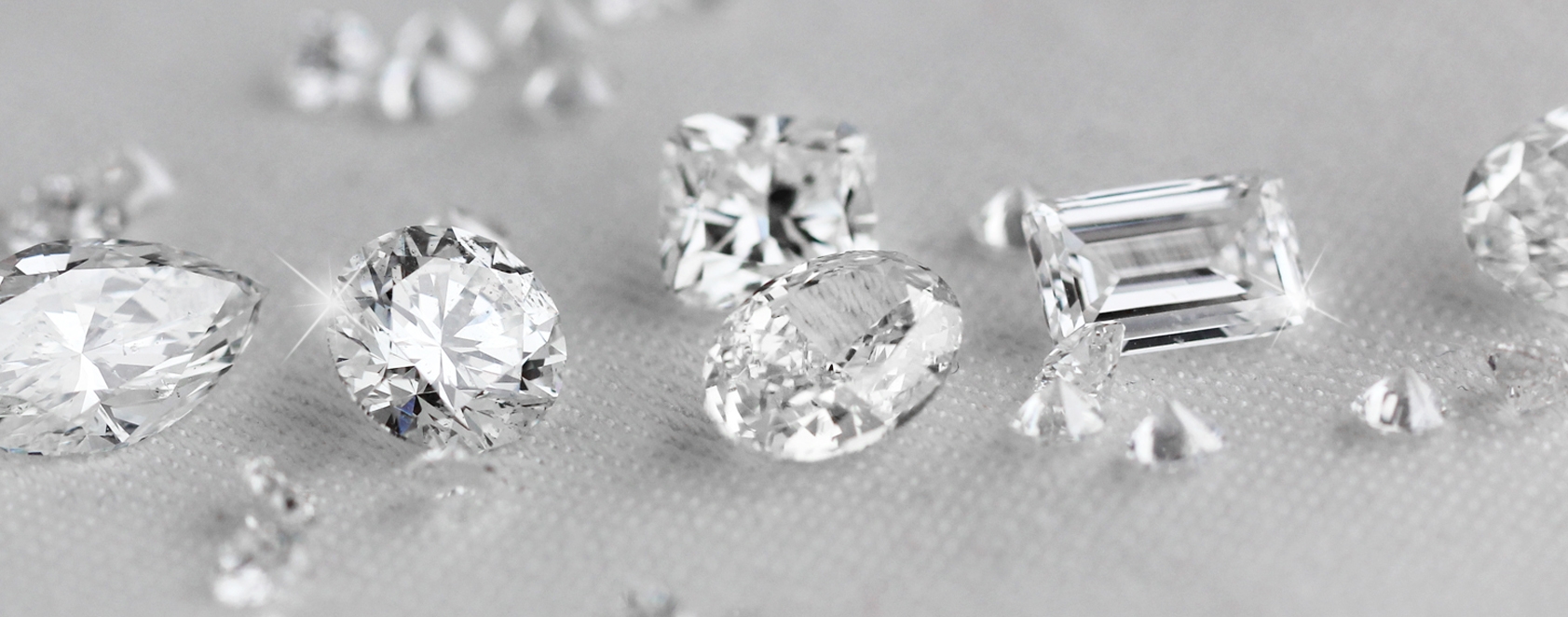
From Cut to Carat: Mastering the 4 Cs of Diamonds
October 6, 2024Table of Contents
Introduction to the 4 Cs
If you’re in the market for a diamond—whether for an engagement ring, a special gift, or just because—understanding the 4 Cs is essential. The 4 Cs—Cut, Color, Clarity, and Carat—are the four key attributes that determine a diamond 4cs quality and value. But what do they actually mean? And how do they affect your decision? Let’s break it down so you can shop with confidence!
What is Cut?
Importance of Cut
When it comes to diamonds, the cut is often considered the most critical of the 4 Cs. It doesn’t just refer to the shape (like round or princess), but to how well the diamond has been crafted. A well-cut diamond reflects light beautifully, creating that signature sparkle that catches your eye. It’s like a perfectly brewed cup of coffee—if it’s done right, you’ll savor every sip.
Cut Grades Explained
The cut is graded on a scale that ranges from Excellent to Poor. Here’s a quick rundown:
- Excellent: Reflects maximum light, showcasing the diamond’s brilliance.
- Very Good: Almost as good as excellent but with slightly less sparkle.
- Good: Acceptable but may not reflect as much light.
- Fair: A noticeable drop in brilliance.
- Poor: Dull appearance due to poor craftsmanship.
Choosing a diamond with a high cut grade is crucial for maximizing its beauty.
What is Color?
Color Grading Scale
The color of a diamond refers to the lack of color, and it’s graded on a scale from D (colorless) to Z (light yellow or brown). The less color a diamond has, the more valuable it generally is.
- D-F: Colorless—premium choices.
- G-H: Near colorless—still looks stunning but more affordable.
- I-J: Slightly tinted—can be a great value.
- K-Z: Noticeable color—often less desirable for traditional engagement rings.
Effects of Color on Value
A diamond’s color can significantly impact its price. Colorless diamonds are highly sought after, so if you’re looking for a high-quality stone, aim for something in the D to H range. However, don’t forget that personal preference plays a huge role—some people love the warmth of a slightly tinted diamond!
What is Clarity?
Understanding Inclusions and Blemishes
Clarity refers to the presence of imperfections in a diamond. These can be tiny internal flaws called inclusions or external flaws known as blemishes. Think of it like a beautiful piece of fruit; a tiny bruise might not ruin the whole thing, but it certainly affects its appeal.
Clarity Grading Scale
Clarity is graded on a scale:
- Flawless (F): No inclusions or blemishes visible under 10x magnification.
- Internally Flawless (IF): No inclusions, but minor blemishes are present.
- Very Slightly Included (VVS1 and VVS2): Minor inclusions, difficult to see.
- Slightly Included (SI1 and SI2): Inclusions visible under 10x magnification.
- Included (I1, I2, I3): Inclusions visible to the naked eye, affecting brilliance.
When choosing a diamond, consider how much clarity matters to you. If you can’t see the inclusions without magnification, it might not be worth paying significantly more for higher clarity.
What is Carat Weight?
Carat vs. Size
Carat weight measures a diamond’s weight, not its size. One carat equals 200 milligrams. However, two diamonds of the same carat weight can look different in size based on their cut and proportions. It’s like comparing two apples—one might be more elongated while the other is round.
Impact of Carat on Price
Carat weight significantly influences a diamond’s price. Larger diamonds are rarer and more expensive, so be prepared to pay a premium for bigger stones. However, consider that even small increases in carat weight can lead to significant price jumps.
How the 4 Cs Work Together
Balancing Quality and Budget
Understanding how the 4 Cs interact is crucial for finding the right diamond. If you want a larger carat weight, you might have to compromise on cut or clarity. Finding a balance that suits your taste and budget is key.
Choosing the Right Combination
For example, if you prefer a larger diamond, you could opt for a slightly lower clarity rating while still prioritizing a high cut. Each individual has different preferences, so it’s about what matters most to you.
Practical Tips for Buying Diamonds
Evaluating Diamonds in Person
If possible, visit a jeweler to see man made diamonds in person. Natural lighting can help you see the true colors and brilliance. Bring a friend along for a second opinion—sometimes, it’s helpful to have another set of eyes!
Using Certifications
Always ask for a certification from a reputable grading authority (like GIA or AGS). This ensures that the diamond has been evaluated by experts and gives you peace of mind about its quality.
Conclusion: Finding Your Perfect Diamond
Navigating the world of diamonds can feel overwhelming, but understanding the 4 Cs will help you make an informed decision. Remember, the perfect diamond isn’t just about getting the highest grade in every category. It’s about finding a beautiful stone that fits your style and budget. So, whether you’re searching for an engagement ring or a special gift, keep these factors in mind, and you’ll find the diamond of your dreams!











